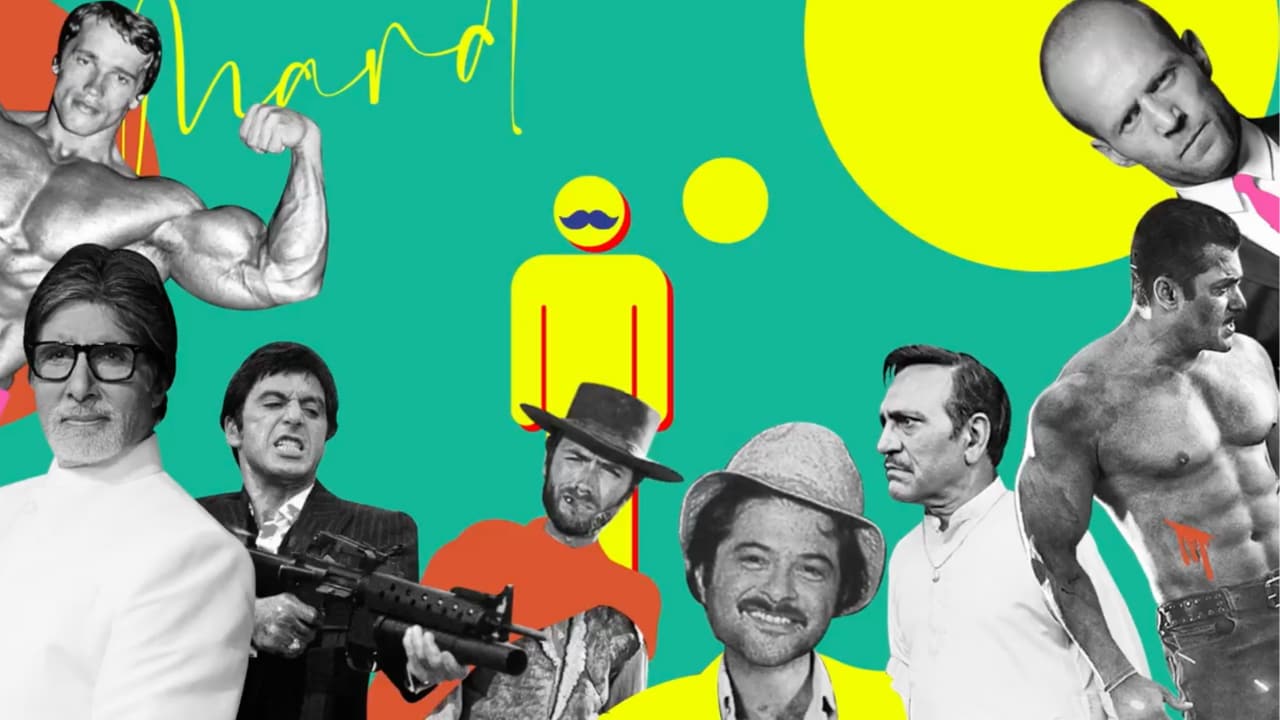Men are the breadwinners of the family. A stereotype we’ve heard for the longest time. Brands have always showcased men as intimidating, decision-makers and powerful in their advertisements. They’re always portrayed as if the entire world revolves around them. Remember those iconic but incredibly chauvinist Axe Body Deodorant ads? Women would swoon over men who wore the scent. The Thums Up commercials, where men were shown doing dangerous stunts, being portrayed as mighty beings rather than simple humans.
Advertising for the most part, is all about relatability. Therefore, what better way is there to engage an audience than to show them what they already believe? Having said that, there is a gradual change being witnessed in the way brands are showcasing gender roles. Ever since the liberalisation in the 90’s, a new middle class seems to have formed. Educated, aspirational and sensitive, there is progressive change in the way these people view gender-specific roles. Brands of course, had to make the most of this new state of affairs. They started swaying from the notion of men being typically unemotional.
Raymond was the first brand to show through their advertisements that any man can be successful and good-looking but it’s the qualities of thoughtfulness and compassion that truly define a man. The formula has stuck and the brand continues to portray men in the same progressive manner even today. Following suit, Havells too broke through the stereotype by challenging the uncompromising social codes that society adheres to. They showed a man adopting his wife’s surname post marriage rather than the obvious inverse way.
A lot of brands today are working towards creating more progressive content. Ethnic wear brand Manyavar used Virat Kohli’s leader image to break the traditional stereotype of the bride’s family having to pay for the entire wedding. BIBA, another market leader in the traditional wear category, broke the stereotype of having women cook all the meals at home post marriage.
